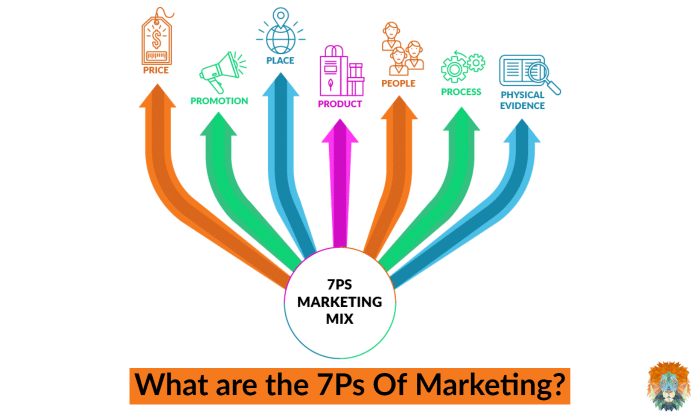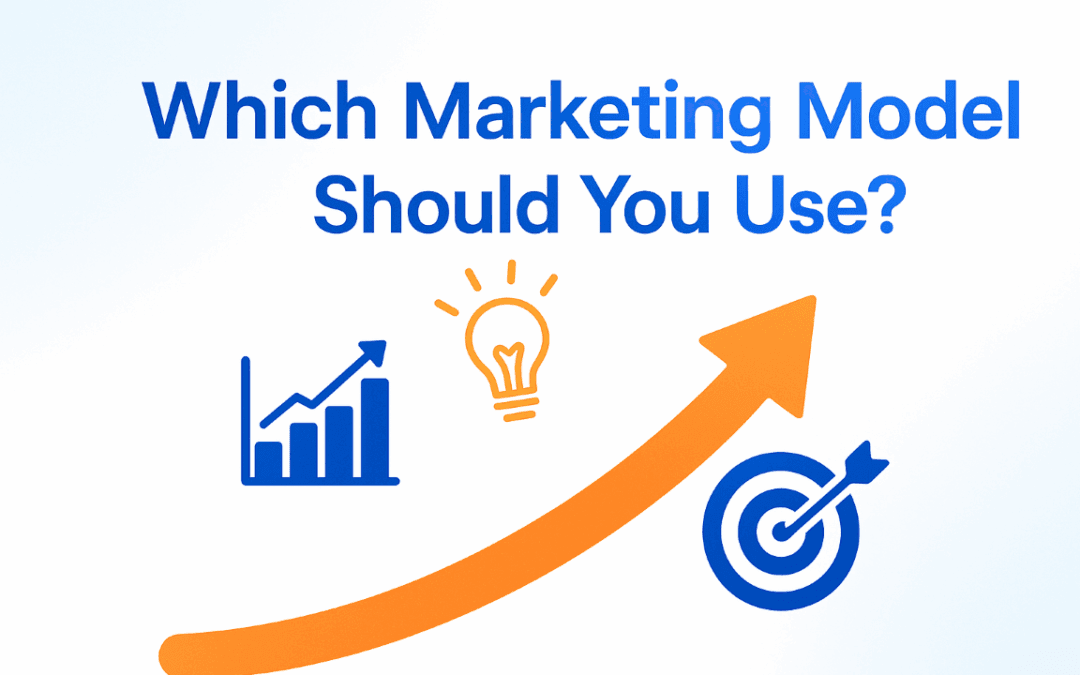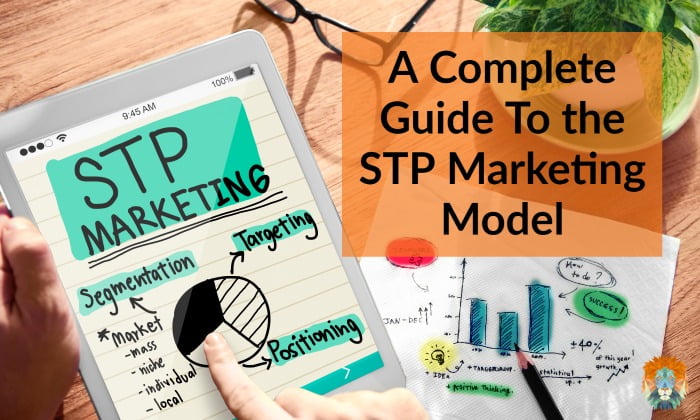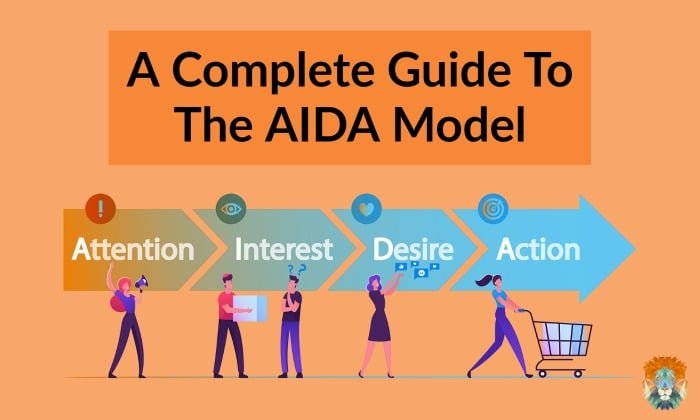Whenever you visit a shop, click on a website, view an advert, and make a choice about what to buy as a consumer, you are being influenced by the forces of marketing. Marketing has perhaps the biggest impact on the wider shape of our society, and it’s absolutely vital for the success and performance of businesses large and small. Marketing is responsible for identifying, anticipating and satisfying customer requirements in a profitable way, and history will show that if you can’t get close to customers and satisfy their needs, a competitor will.
With that in mind, businesses are always looking for the magic formula for marketing success. The ultimate strategy that could help them do marketing ‘right’ and achieve the success they dream of. The bad news is, marketing is ever-changing, and so details of how it all works are something you need to keep up with all the time. But there is good news too—there is a formula. It’s called the 7 Ps of marketing, and if you follow these simple principles, you’re in for a great shot at success.
But Wasn’t It 4Ps? What happened to the 4Ps of marketing?
If you’ve been around a while, then you might have heard of the ‘4 Ps of marketing’—and be a bit confused when we start talking about 7. The good news is, you’ve not got your numbers wrong— it was the 4 Ps of marketing in the beginning. Jerome McCarthy founded the concept in the 1960s, describing the mix of marketing concepts, aspects and procedures needed to successfully sell a product or service. The 4 P’s according to McCarthy are:
- Product
- Place
- Price
- Promotion
But over the years many people noticed that there was something missing, and if you wanted to build a truly successful and enduring marketing strategy, there were 3 extra elements you need to include, which are:
- Physical evidence/environment
- People
- Processes
By including these extra elements, businesses are able to quickly adapt to the changing moods and attitudes of the market, get ahead of their competition and really thrive.
Guide to the 7Ps of Marketing
Of course, those words sound good, but they might not indicate much right away. Let’s look at what the 7 Ps of marketing mean, how deeply they run into your business, and how you can incorporate them into yours.
Product
This is perhaps the hardest P, because it requires you to really look at your business offerings. There is no point in developing products or services that no one wants to buy, and so you should be designing every product around what your target market wants. This might sound simple, but many businesses decide what to offer first, and try to find a market for it afterwards, and this is where they run into problems. The ‘Product’ P is all about crafting a sellable and durable product that meets a genuine need for your target market. Doing so might mean improving quality, adding variants to existing products or services, or creating new ones to meet new emerging needs. We have an article on Target Market here with more information.
Place
The phrase ‘right place, right time’ has never been more applicable than right here! It’s all about where you promote your product or service correctly to get it in front of those who need and want it. But as well as having your product in the right place at the right time, you also need to have it in the right quantity, in an accessible way. That means you need to be able to keep storage, inventory and distribution running smoothly, in a way that’s appropriate and convenient for your customers. That applies to both e-commerce and bricks and mortar businesses, but in e-commerce it’s absolutely essential – especially since surveys show that delivery performance is one of the most important criteria when choosing a supplier.
Price
Your product is only worth what a customer is prepared to pay for it. But that doesn’t mean you have to be the cheapest product on the market. In fact, many businesses justify a higher price in exchange for a more personalised service or product, little value-adds, or just better value for money than larger competitors. Your price positions you in the marketplace, and everything you do should be consistent and in line with that position. Check out our guide to Positioning and Pricing.
Promotion
The last of the ‘4 Ps’ is promotion, and this is all about how you communicate what you do and what you’re offering your customers. This is what a lot of people think of when they hear ‘marketing’, since it includes sales promotion, PR, branding, direct marketing, marketing communications and personal promotion. Good promotion gains attention, is appealing enough to retain that attention, sends a consistent message, and above all opens up a dialogue between customer and company. It should also seek to understand and appeal to the customer’s needs, and focus on the benefits of the product, not just the features. Check out our guide to Promotion and Distribution for more information.
Physical Evidence
Providing physical evidence of your trustworthiness is important, especially if your service is intangible, or what you’re offering is unfamiliar to the consumer. Your job is to reduce the uncertainty they feel before buying and make them confident in choosing you. This means considering the impression your premises give, the experience a customer has when interacting with your employees, what your packaging looks and feels like, and what the online experience is like if you’re an e-commerce business. Physical evidence folds in all of the things that make uneasy customers feel more comfortable choosing you over another unknown.
People
Every single person from your business that comes into contact with a customer will leave an impression—and you need to make sure it’s a good one. Many customers struggle to separate the product or service from the person who provided it, which is what created the saying ‘people buy from people’. Your people will have a huge impact on customer satisfaction, and on their likelihood to recommend your company in future. So when building your team, ensure everyone is well trained, suited to their role, and provide superior service.
Processes
The delivery of your service is almost as important as the service itself, and it’s a big part of what the customer is paying for. Many buyers are investing in the experience that starts the moment they discover your company. That means that the process of delivering the product or service, and the behaviour of the people delivering it, are a crucial part. It also means you need to have provable processes in place that are designed for the customers benefit—that can be seen if they want reassurance that they’re dealing with an authentic supplier. Everything from the way you generate documents and your phone answering policies to the way your product ends up in a customers’ hands needs to be considered and designed appropriately.
And that’s it! Don’t be fooled, we know it can be a lot of work, but the results of following the 7 Ps of marketing really do speak for themselves. Using these techniques, many businesses have seen huge success, and we guarantee some of your favourite household names use these exact techniques to sell to you!
If you’d like to know more about building a successful marketing strategy around the 7Ps, and what that might look like for your business, we can help. We have a range of resources available on our website, including our Ultimate Marketing Strategy Template, which walks you through every step of creating a marketing strategy and then implementing it. Or, if you want to discuss your ideas and get some more ‘hands on’ support, we also offer content marketing strategy and planning, so you can start your marketing on the right foot. Just get in touch to book your free, no-obligation consultation.





0 Comments